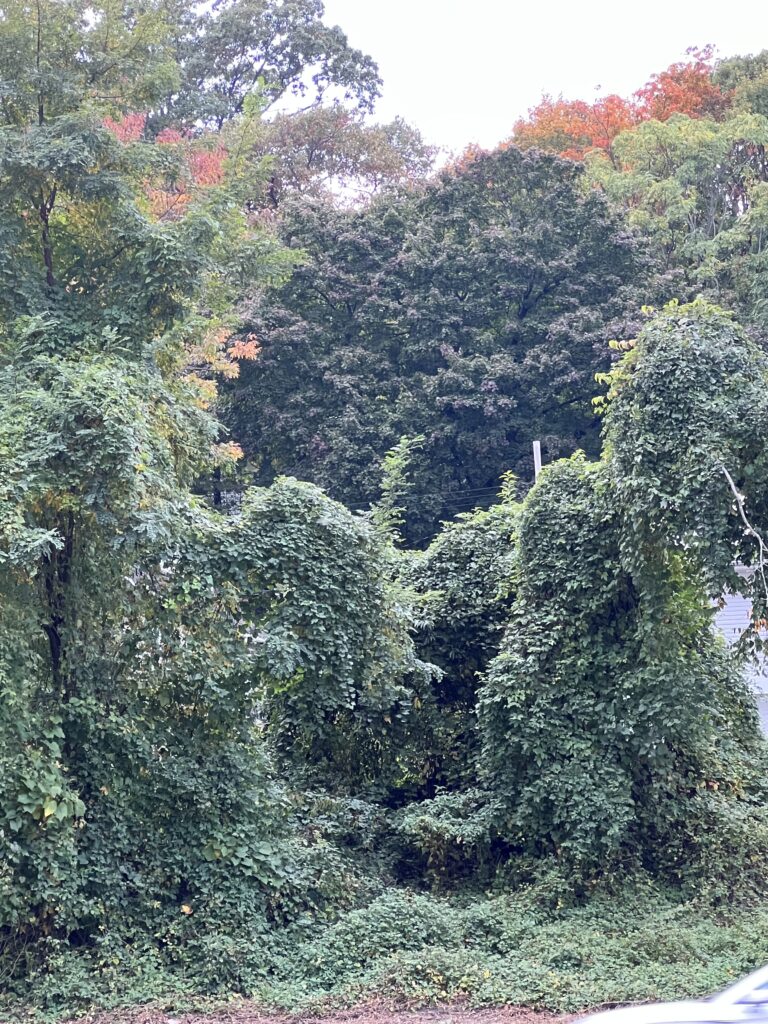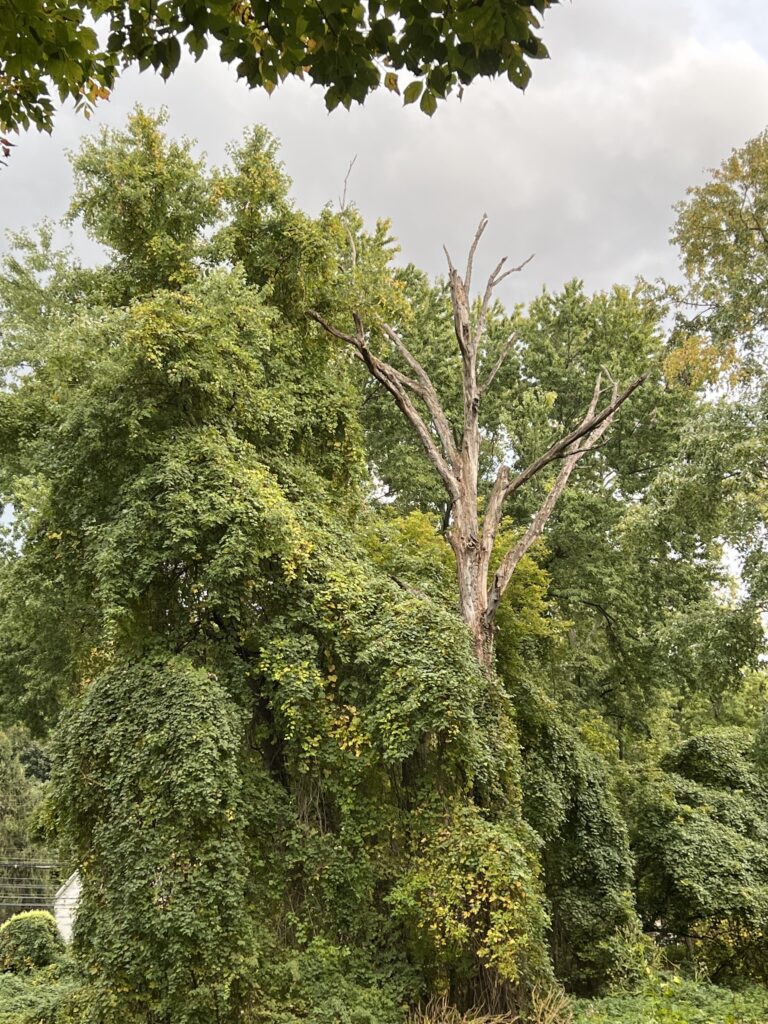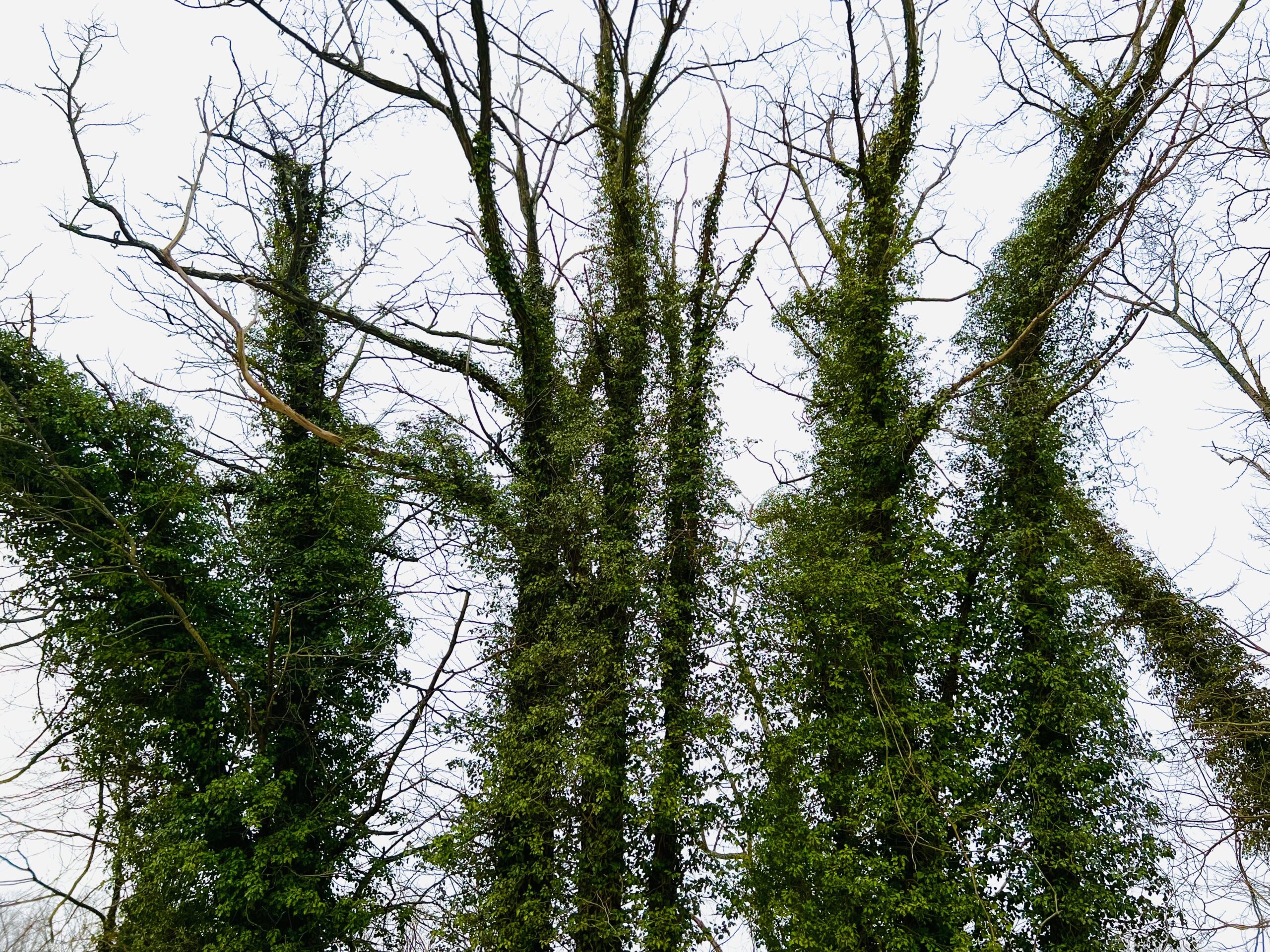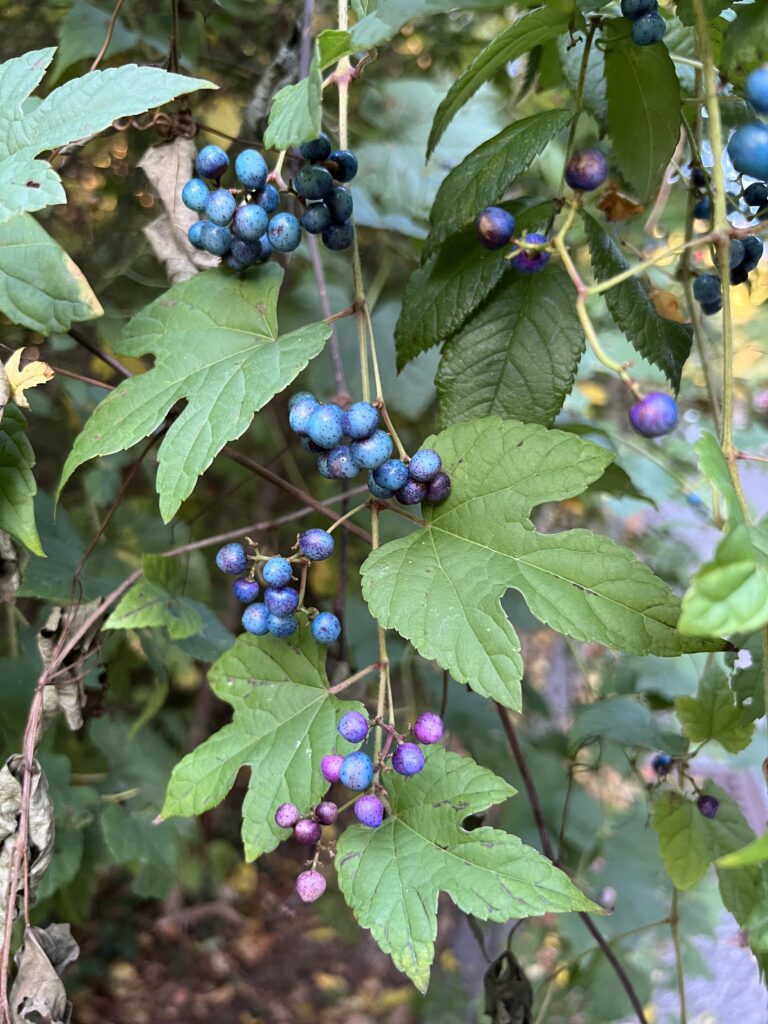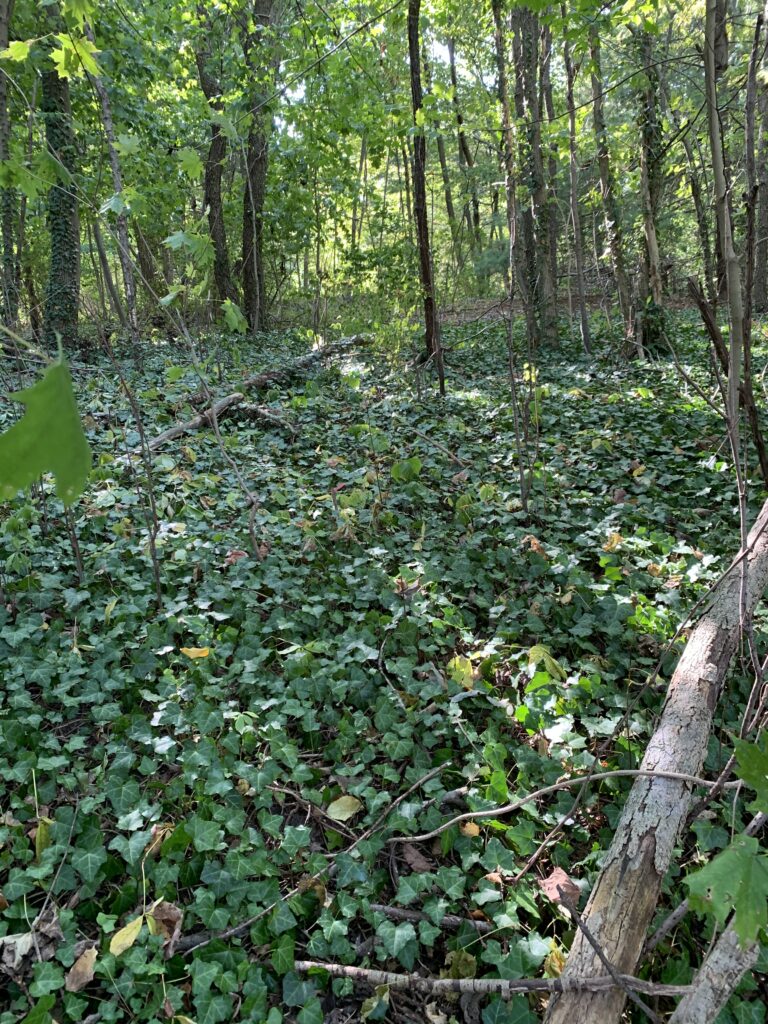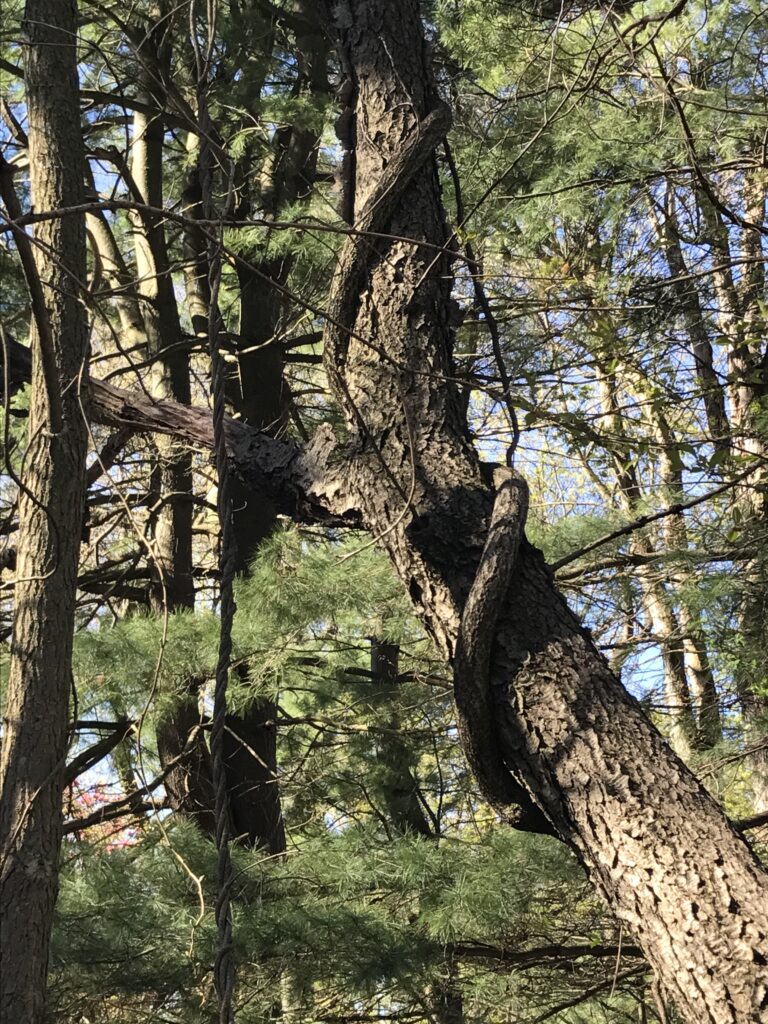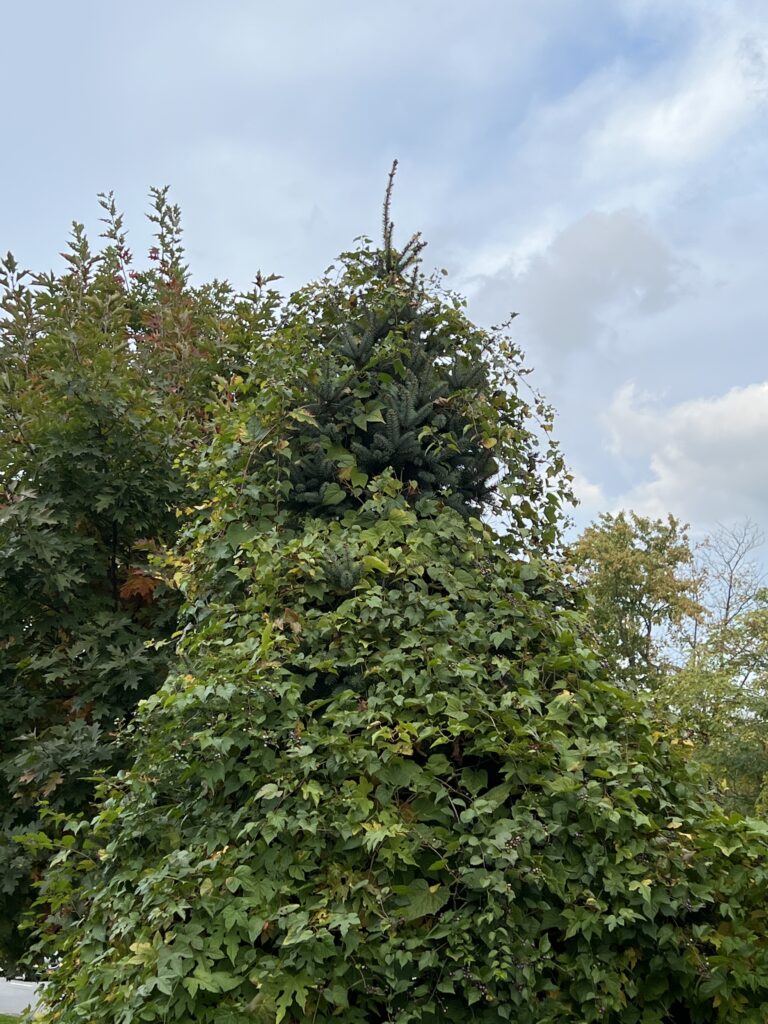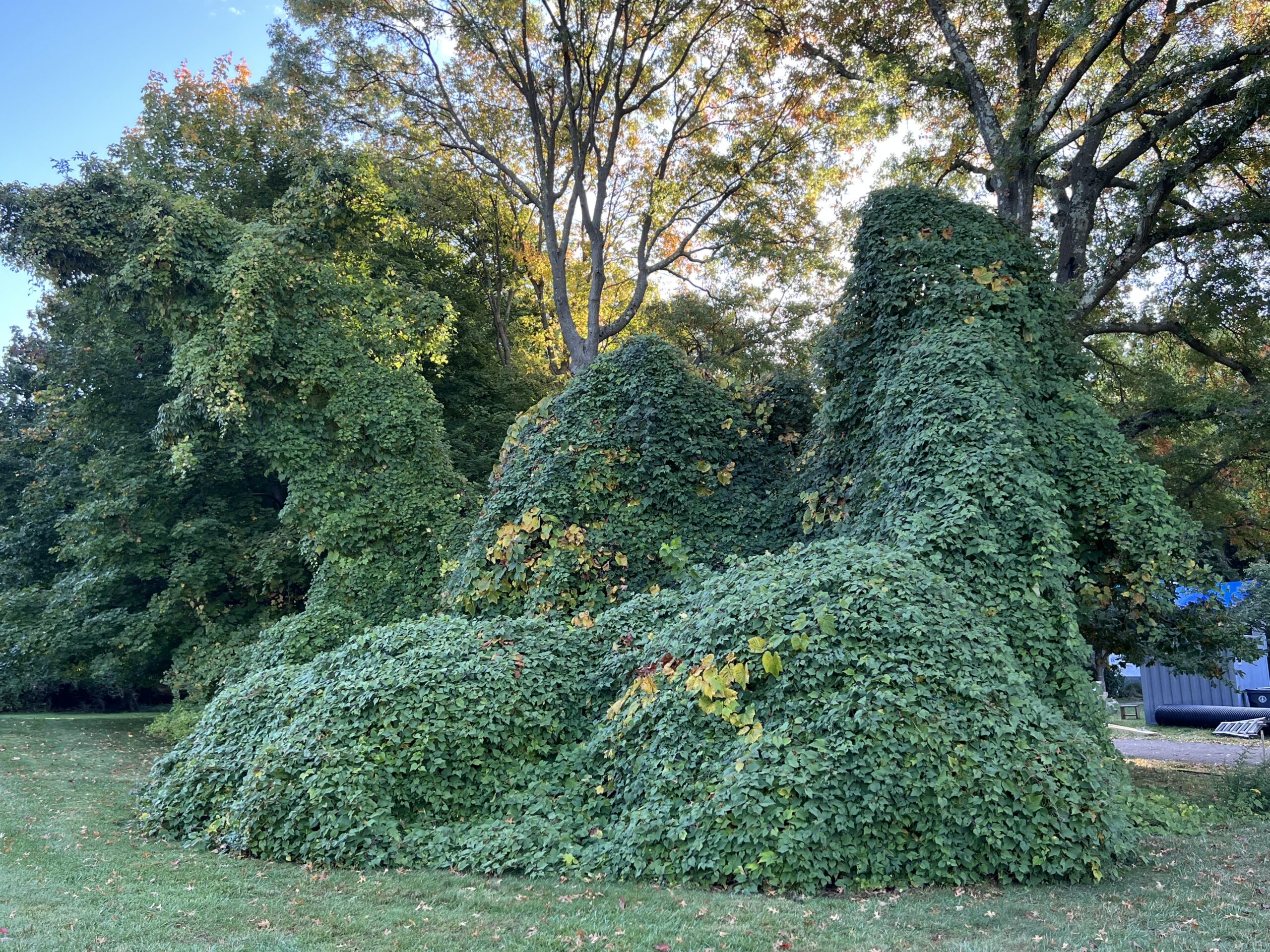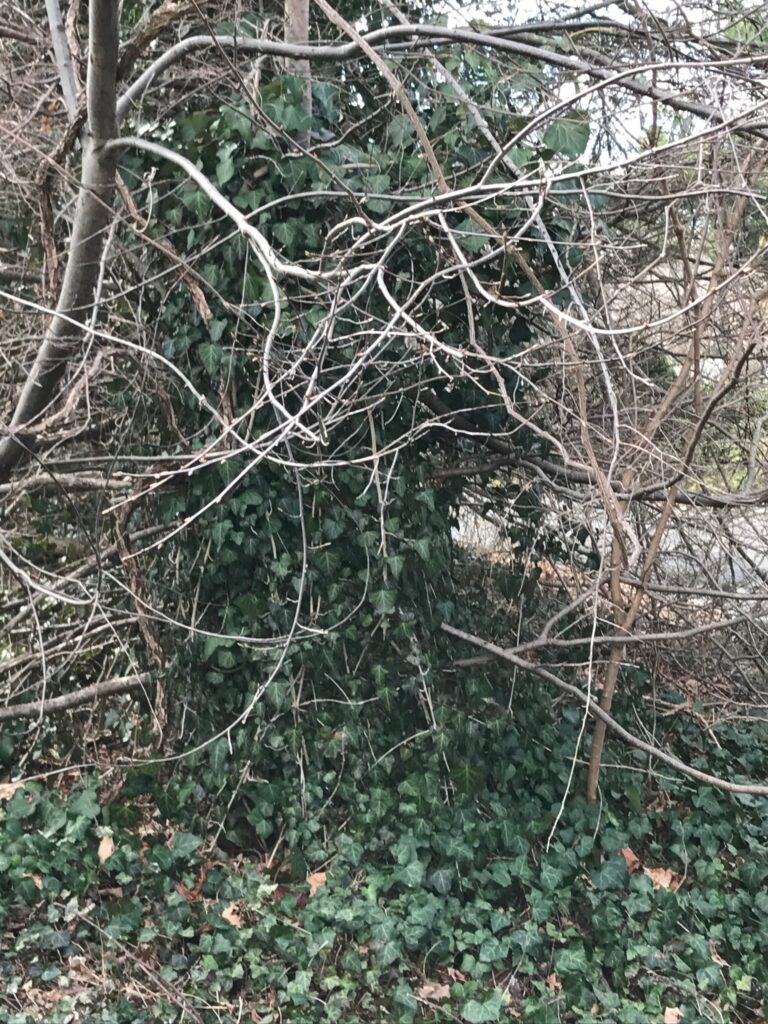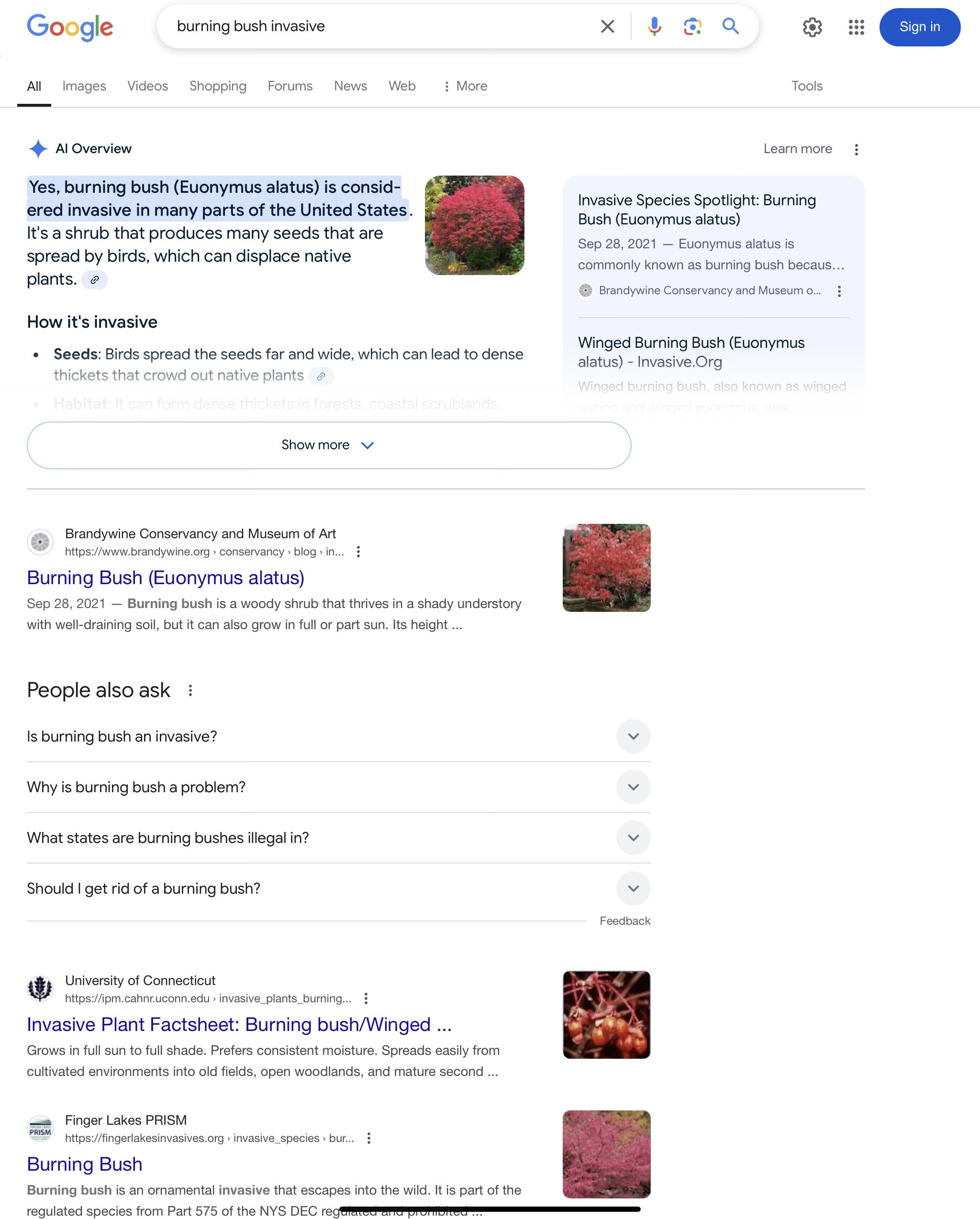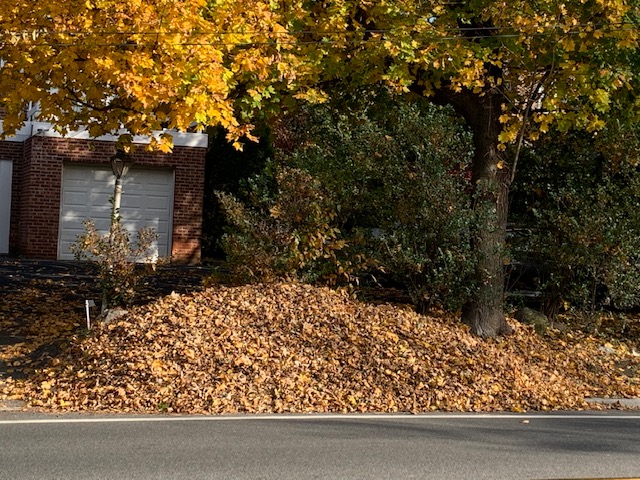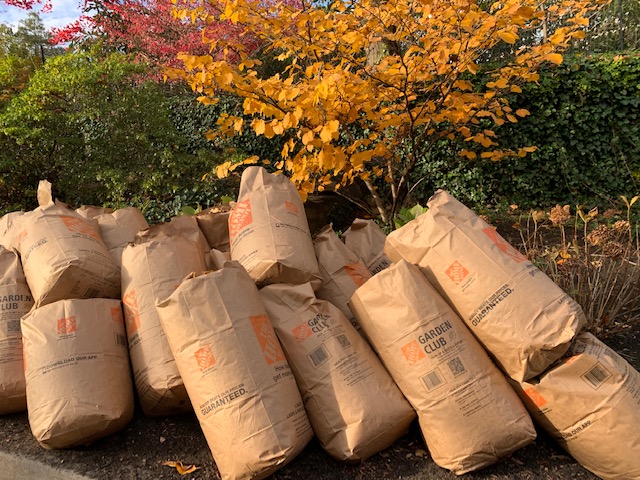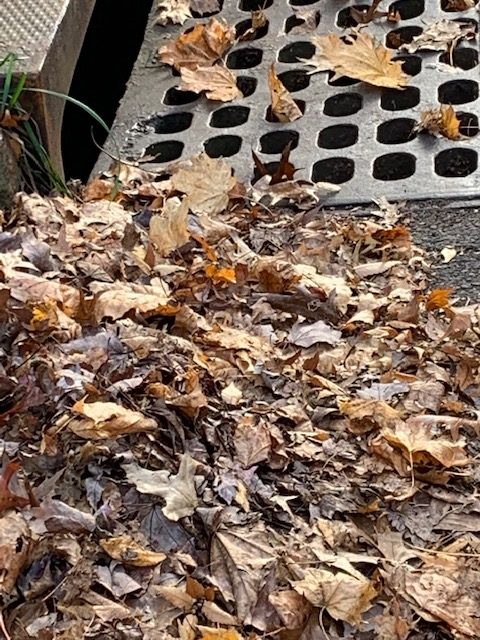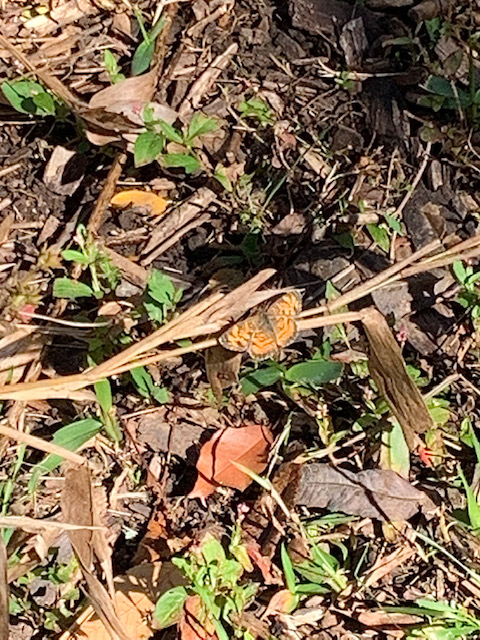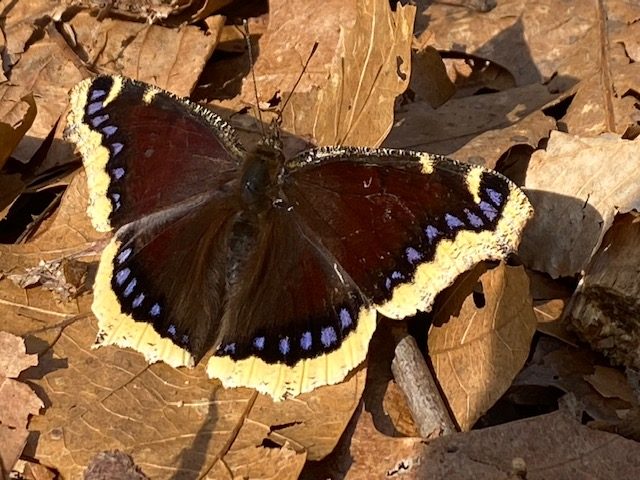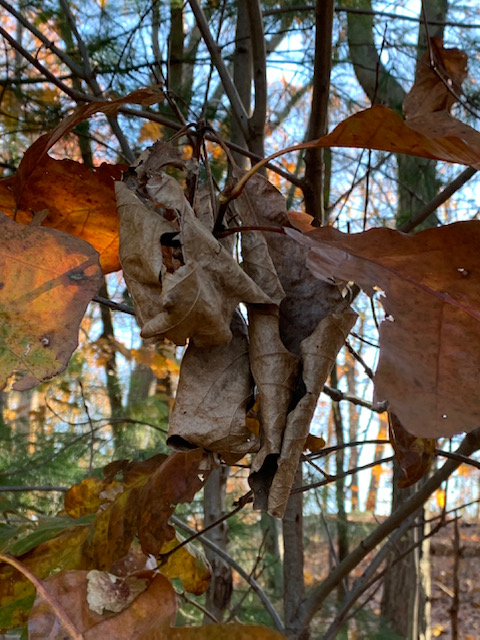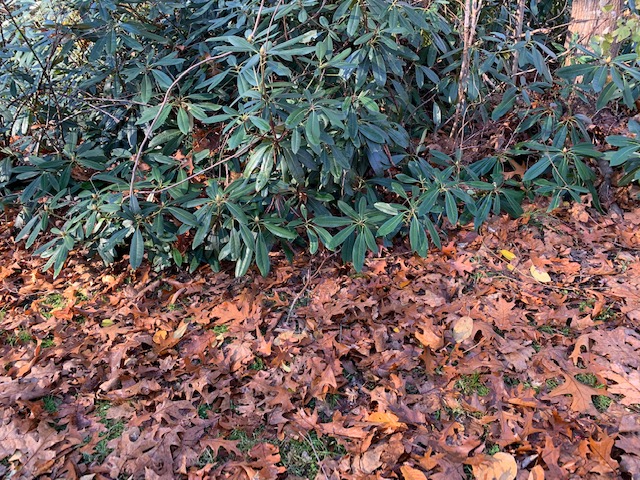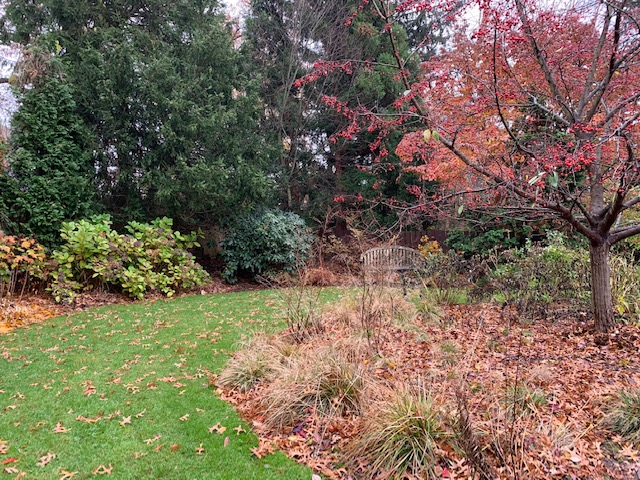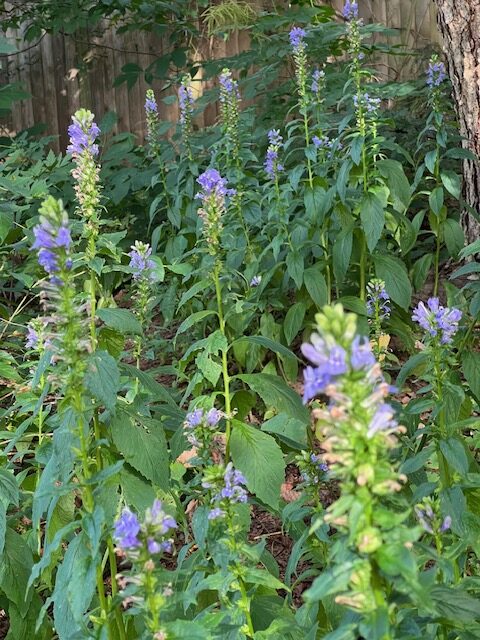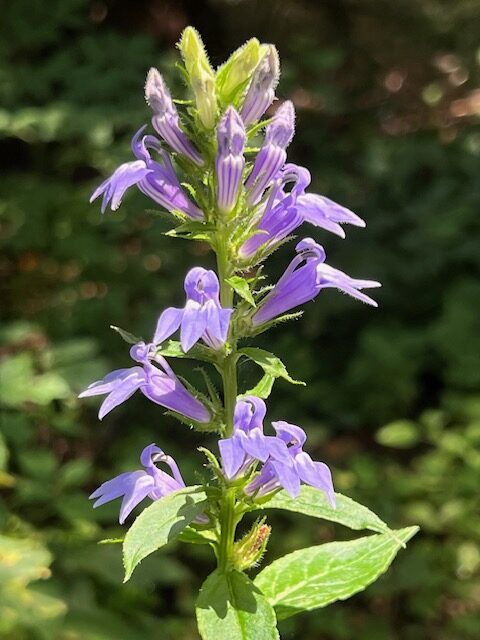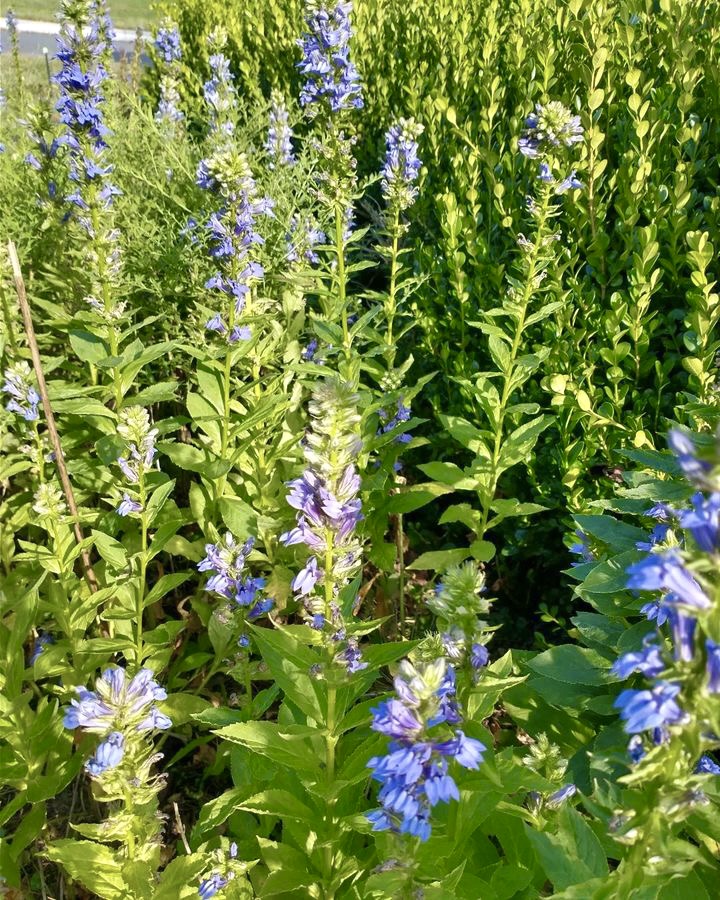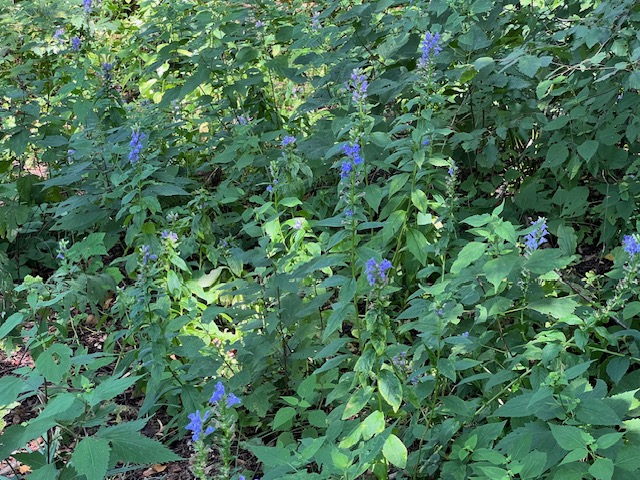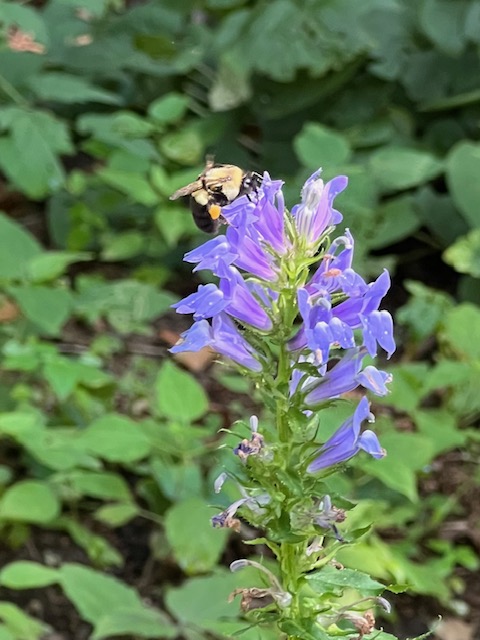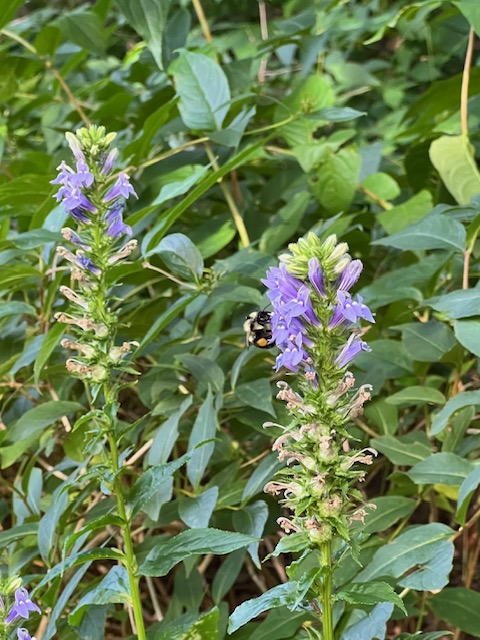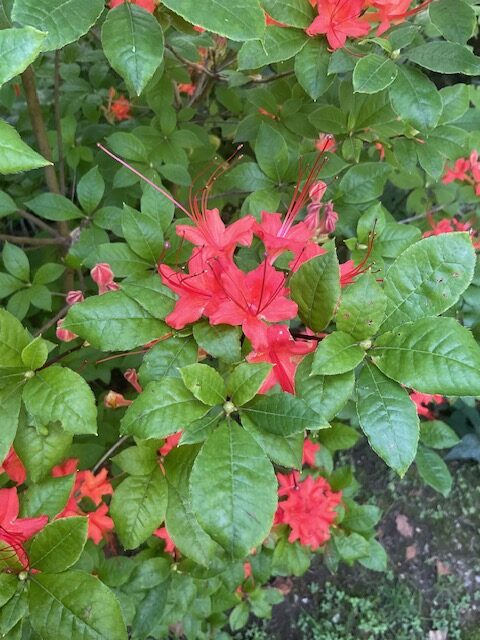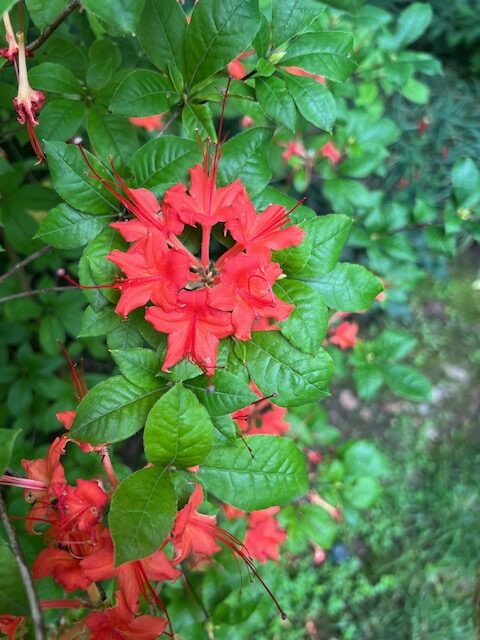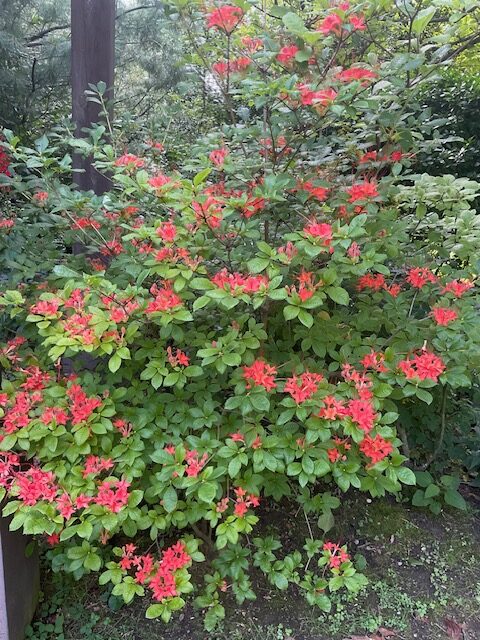The Northeastern United States is famous for fall foliage. “Leaf peepers” come from all over the world to see our native plants in their dramatic fall colors.
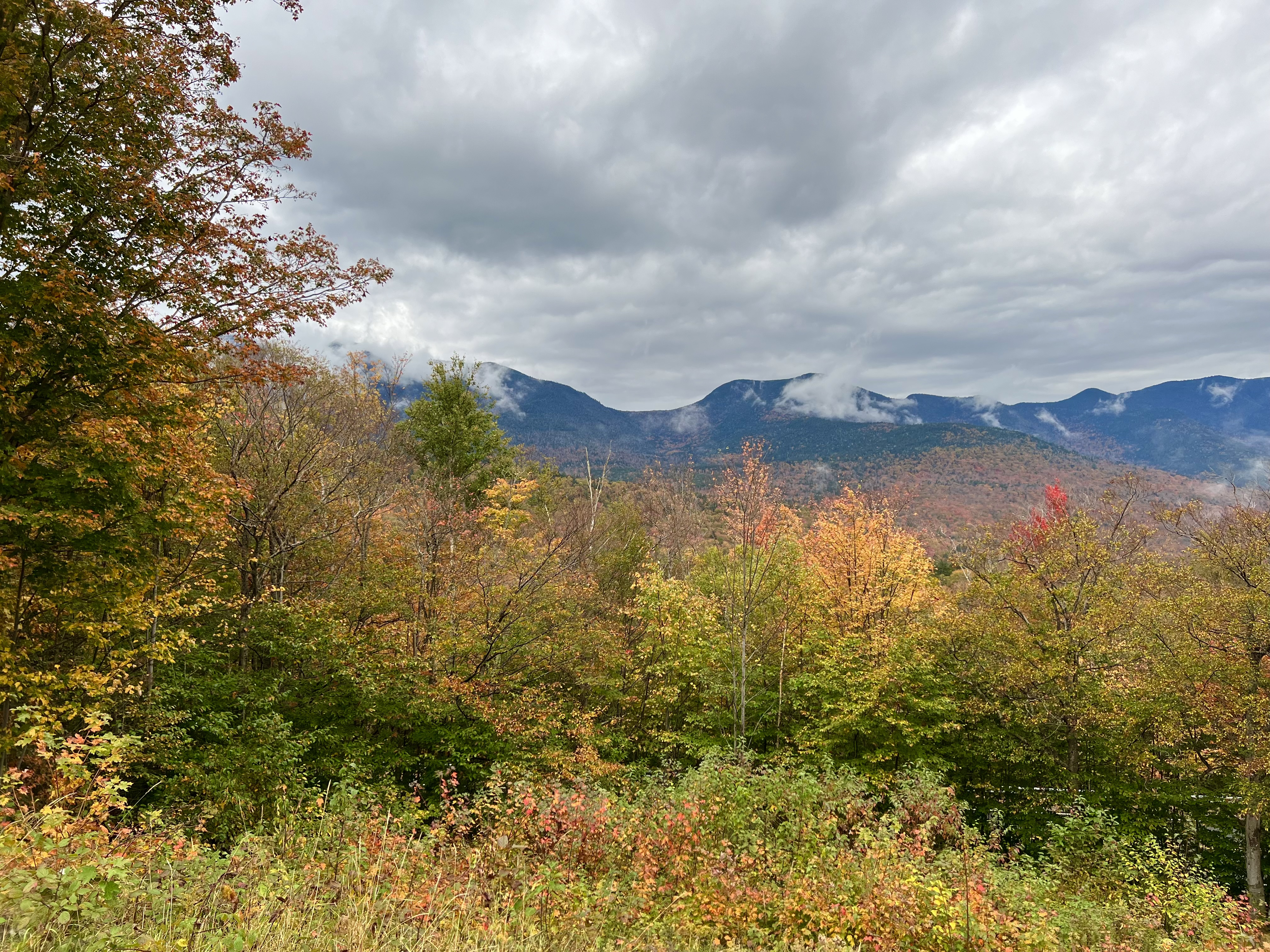

Why, then, should a walk around suburban neighborhoods, in the same region during the same season, be so disappointing? Where are the colors?
The plants that thrill “leaf peepers” grew in abundance before the suburbs were developed, and they would still thrive here – if only they were planted! It seems that every suburban yard uses the same non-native “foundation plants” — boxwood, pachysandra, ivy, and hedges of yew or privet or even bamboo! – all completely devoid of our famous fall colors!




C’mon people! We can do so much better than this! Why not plant our yards with the same trees, shrubs, and perennials that make this region a tourist attraction in the fall? Let’s add some color, life, and seasonal interest beyond pumpkins! There are so many great choices with our incredible abundance of Northeastern native plants.
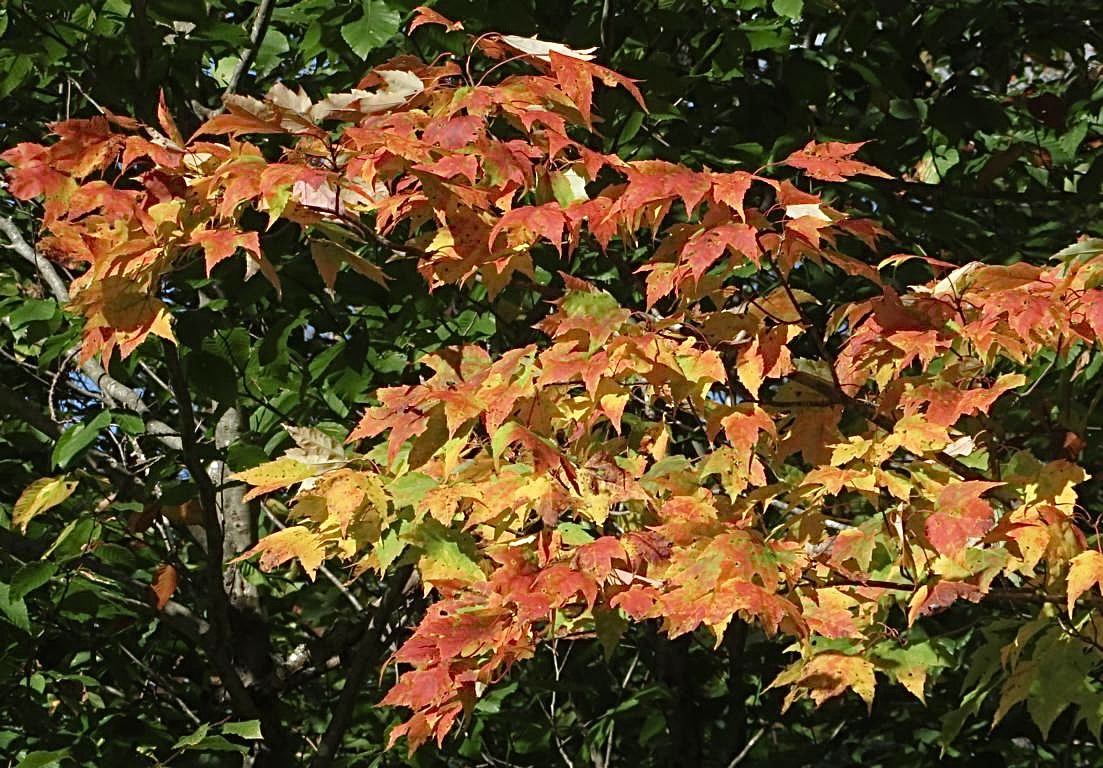
Photo: Michael Martini
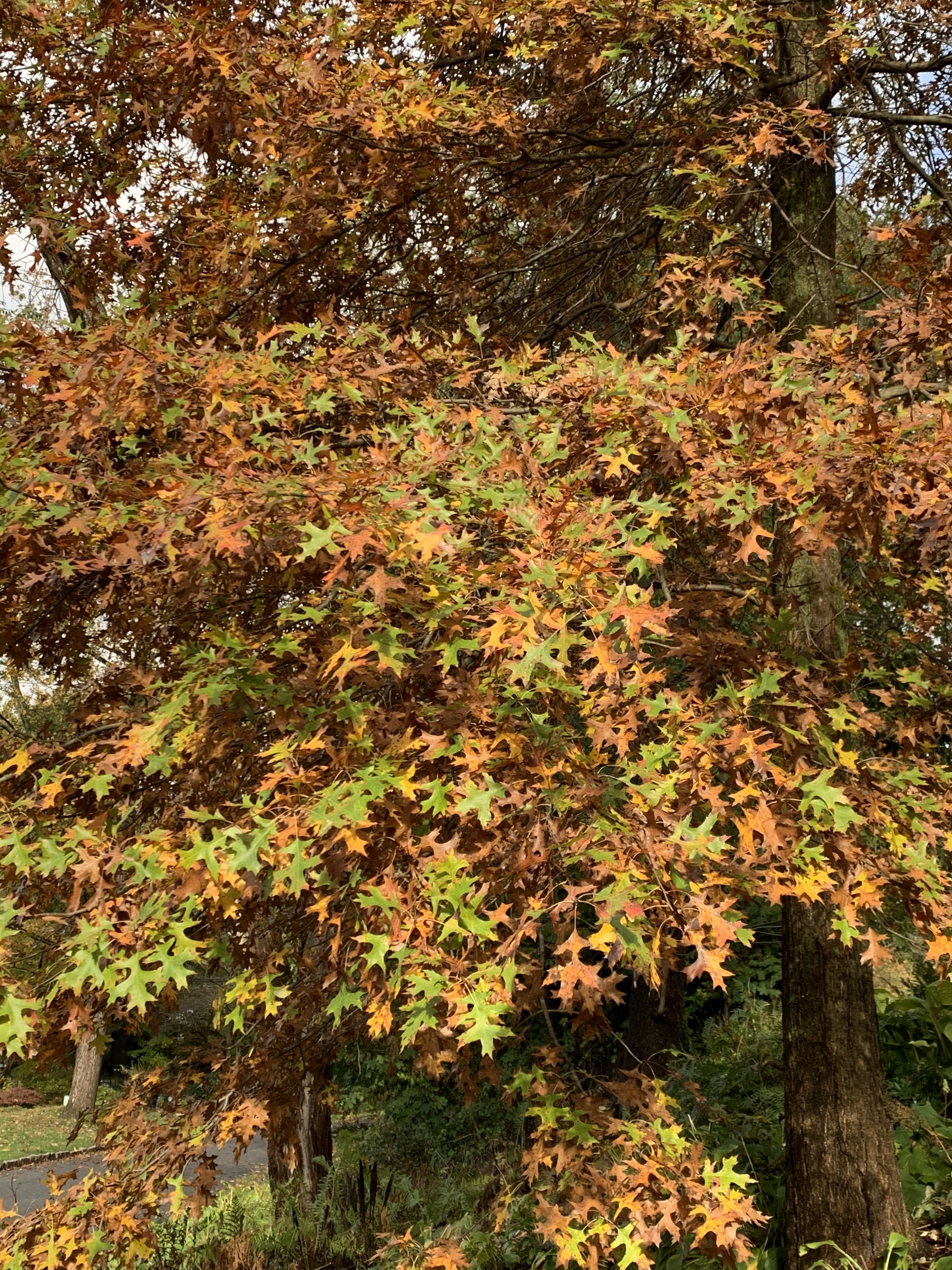
The undisputed rock-stars of fall color are our native Maples, and Oak trees are a close second. If you have a lawn, you probably have room for a Maple or a native Oak. Oaks have enormous value for wildlife — and for homeowners! [See this blog post] Both Maples and Oaks are beautiful year-round, but autumn is their glory season.
Our native flowering trees are also brilliant in the fall. Nothing beats the American Dogwood (Cornus florida) with its intense maroon foliage and vivid scarlet berries. Crabapples (Malus spp.) also produce colorful fruit, and American Witch Hazel (Hamamelis virginiana) starts blooming in October!


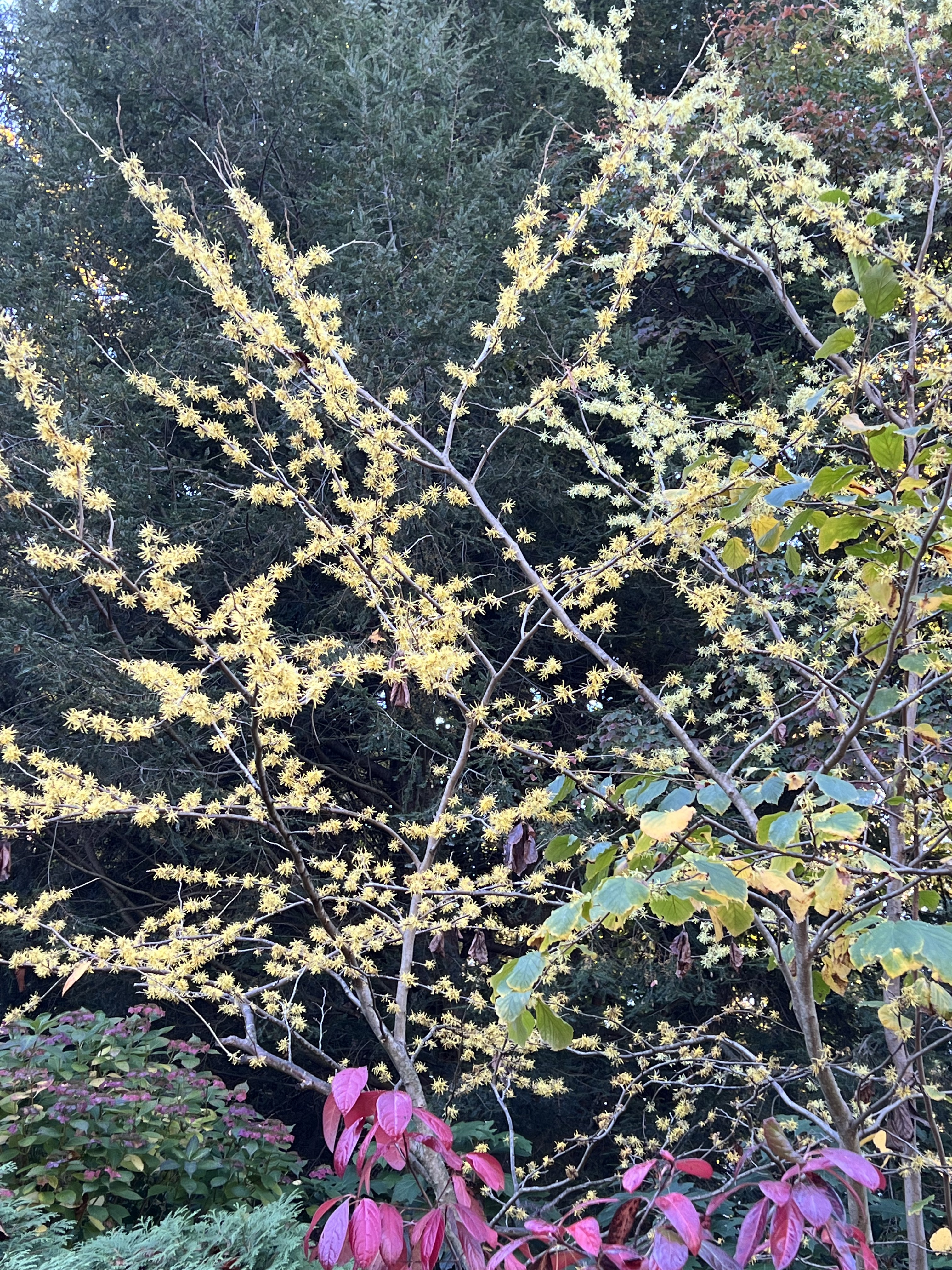
The Northeast is also blessed with native shrubs that produce kaleidoscopic colors in the fall. While evergreen foundation shrubs are useful, why not add some of the flowering and fruiting native shrubs that bring color and interest in both spring and fall? Here are some easy choices to add to your yard. All of the shrubs pictured below are locally available, easy to grow, valuable to wildlife, have beautiful flowers, and are spectacular in the fall.
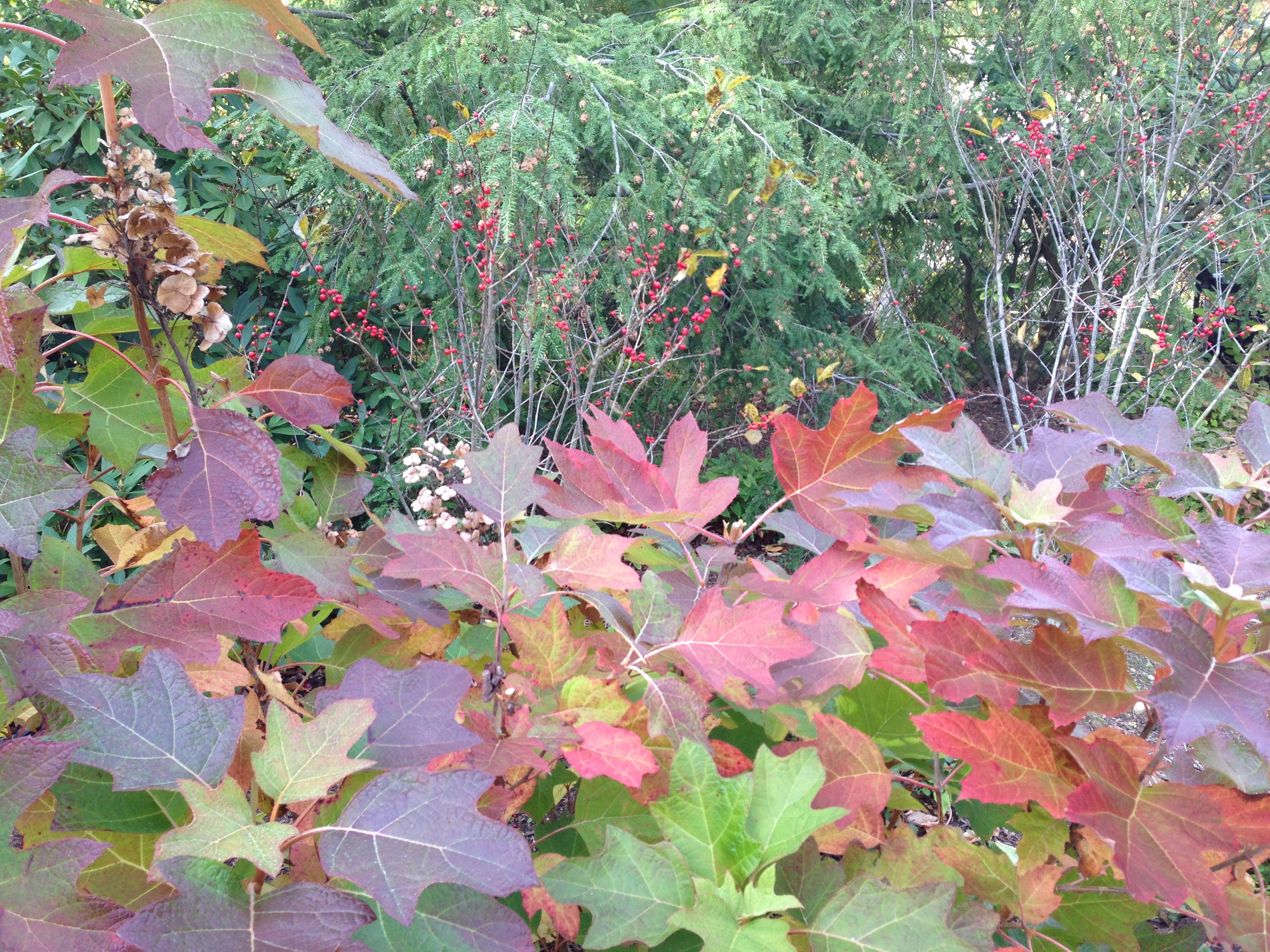

American Witch Hazel
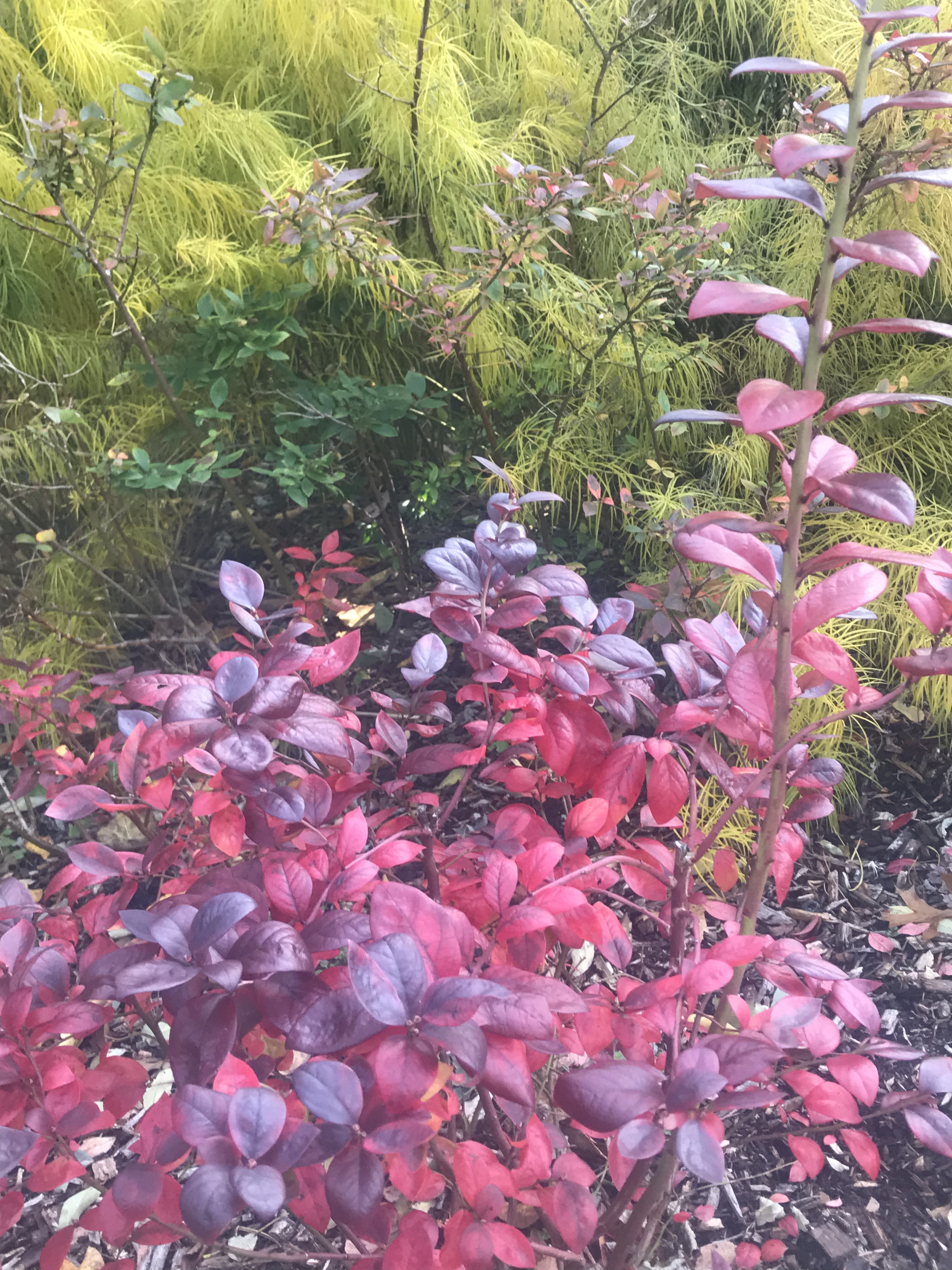



And don’t forget fall flowers and grasses in gorgeous colors!

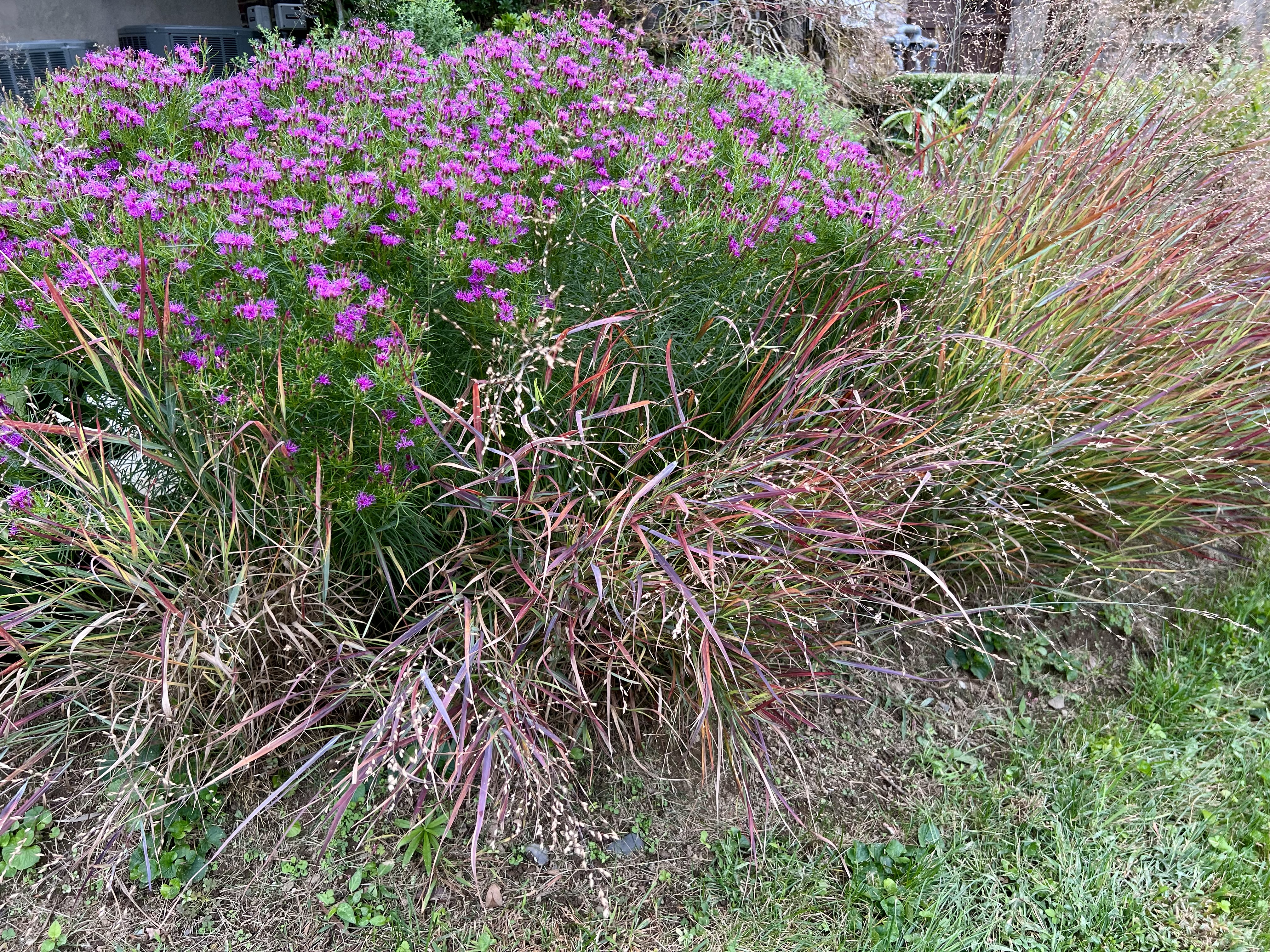
Not only are these plants beautiful, they are incredibly valuable to the ecosystem of the Northeastern US. So many suburban landscapes use non-native plants that offer nothing to birds, butterflies, bees and other insects, and many are destructively invasive as well. If your only fall color is coming from burning bush or Japanese maple, you may want to consider native alternatives for those reasons. Privet, bamboo, ivy, vinca, and pachysandra are all known to be invasive plants and can be replaced easily with native plants that are beautiful in the fall, and year-round.
And wouldn’t you enjoy an autumn view like this?

and Pin Oaks
And this?

The fall glory of native plants lies within your reach!

